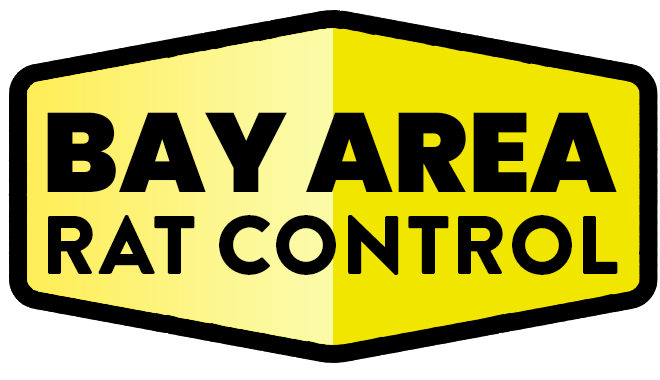Opening Thoughts
Rat infestations are more than just a nuisance—they can have severe economic consequences for businesses. From property damage to lost revenue and reputational harm, the costs associated with infestations can quickly add up. This article examines the financial risks posed by rat infestations and offers proactive strategies to mitigate these impacts.
How Rat Infestations Affect Business Finances
1. Property Damage
- Gnawing on Structures:
- Rats chew on wood, insulation, and drywall, compromising structural integrity.
- Electrical wiring is a common target, increasing fire risk.
- Cost Implications:
- Repairs for structural damage can range from hundreds to thousands of dollars.
- Electrical repairs are particularly costly and may require professional intervention.
2. Health and Safety Violations
- Contamination of Food and Surfaces:
- Rats spread diseases such as salmonella and leptospirosis through droppings, urine, and saliva.
- Businesses in the food industry face the highest risk of contamination.
- Regulatory Fines:
- Health code violations can result in hefty fines or forced closures.
- Loss of operating licenses can halt business entirely until compliance is restored.
3. Lost Revenue
- Customer Loss:
- Evidence of rats, such as droppings or sightings, can deter customers and damage brand reputation.
- Negative online reviews about cleanliness can amplify the issue.
- Downtime:
- Temporary closures for pest control treatments can disrupt operations, leading to lost sales.
4. Increased Operational Costs
- Pest Control Expenses:
- Professional extermination services and preventive measures are necessary but can be expensive.
- Insurance Premiums:
- Infestations may increase insurance premiums, particularly if claims are made for damage or liability.
Industries Most Affected by Rat Infestations
1. Food Service
- Impact: Restaurants, cafes, and food manufacturers face contamination risks that threaten public health and compliance.
- Cost Examples:
- Fines for health violations range from $250 to $5,000 per incident.
- Lost inventory due to contamination can result in thousands of dollars in waste.
2. Warehousing and Storage
- Impact: Rats damage stored goods, packaging, and inventory, leading to significant losses.
- Cost Examples:
- Replacement costs for damaged goods can vary widely, depending on the volume of affected stock.
- Preventive measures, such as ultrasonic repellents or bait stations, add to operating costs.
3. Retail
- Impact: Rats can ruin merchandise and deter customers from returning to affected stores.
- Cost Examples:
- Loss of high-value items due to contamination or gnawing.
- Decline in foot traffic and repeat business.
Strategies to Mitigate Economic Risks
1. Proactive Prevention
- Seal Entry Points: Use durable materials like steel wool and caulk to block potential access.
- Maintain Cleanliness: Regularly clean floors, shelves, and storage areas to remove food debris.
- Employee Training: Educate staff on early signs of infestation and proper sanitation practices.
2. Monitoring and Early Detection
- Use Technology:
- Install motion-sensor cameras and smart traps to detect activity early.
- Regular Inspections:
- Schedule routine inspections of high-risk areas such as kitchens, storage rooms, and basements.
3. Partner with Professionals
- Pest Control Services:
- Work with licensed exterminators to develop customized pest management plans.
- Insurance Review:
- Ensure your insurance policy covers pest-related damages to reduce out-of-pocket expenses.
The Long-Term Benefits of Rat Control
1. Protecting Reputation
- A clean, pest-free environment fosters customer trust and positive reviews.
- Preventing infestations avoids public relations crises and media scrutiny.
2. Reducing Costs
- Early detection and prevention reduce the need for extensive extermination and repairs.
- Minimizing downtime ensures consistent revenue flow.
3. Enhancing Workplace Safety
- Employees feel more comfortable and productive in a clean, pest-free environment.
- Reduced health risks lead to fewer liability issues.
Final Thoughts
The economic impact of rat infestations on businesses can be devastating, but proactive strategies can prevent significant financial losses. By investing in prevention, monitoring, and professional pest control, businesses can protect their bottom line, reputation, and operations from the costly consequences of infestations.
Relevant Links/Sources:
Economic Risks of Pest Infestations – CDC
Pest Control for Businesses – PestWorld
Preventing Financial Losses from Rats – EPA
